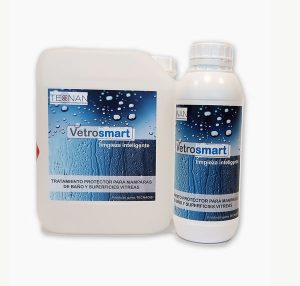Description
Taming the Tide: Understanding and Utilizing Moisture Control Agents
Moisture, both too much and too little, can wreak havoc in a multitude of industries. From soggy cereal to cracking paint, the presence or absence of water plays a critical role in the quality, longevity, and performance of countless products. This is where moisture control agents step in, acting as powerful tools to maintain the optimal water content and prevent unwanted changes.
Moisture control agents are essentially substances or materials designed to regulate the amount of water in a given environment or product. They work through various mechanisms, either absorbing excess moisture or preventing its loss. Understanding the different types and their applications is crucial for selecting the right solution for your specific needs.
Two Sides of the Same Coin: Desiccants and Humectants
At their core, moisture control agents fall into two main categories:
- Desiccants: These are powerful dehydrators, dedicated to removing moisture from their surroundings. Think of those small silica gel packets you find in electronics or shoe boxes. They are designed to absorb and hold onto water molecules, preventing damage from humidity and condensation. Common desiccants include:
- Silica Gel: Inexpensive, non-toxic, and effective at absorbing moisture over a wide range of temperatures.
- Molecular Sieves: Synthetic zeolites with a highly porous structure, offering superior absorption capacity and selectivity.
- Calcium Chloride: A highly hygroscopic salt that absorbs large amounts of moisture, often used in industrial applications.
- Activated Alumina: An aluminum oxide with high surface area, suitable for drying gases and liquids at elevated temperatures.
- Humectants: On the other hand, humectants attract and retain moisture from the surrounding environment. They are often used to prevent products from drying out and maintaining their desired texture and consistency. Examples of common humectants include:
- Glycerin: A versatile humectant used in cosmetics, pharmaceuticals, and food products to retain moisture and prevent drying.
- Propylene Glycol: Similar to glycerin, propylene glycol is used in a wide range of applications, including antifreeze, food, and cosmetics.
- Sorbitol: A sugar alcohol commonly used as a humectant in food and personal care products.
- Honey: A natural humectant with antibacterial properties, often used in skincare and wound healing products.
Applications Across Diverse Industries
The applications of moisture control agents are incredibly diverse, spanning across numerous industries:
- Food Industry: Desiccants are used in food packaging to prevent spoilage from moisture, keeping products like crackers, cereals, and dried snacks fresh for longer. Humectants are added to baked goods to maintain their softness and prevent them from drying out.
- Pharmaceutical Industry: Moisture can degrade medications, leading to reduced efficacy. Desiccants are crucial in protecting drug products, particularly pills and capsules, from humidity.
- Electronics Industry: Moisture can cause corrosion and damage to sensitive electronic components. Desiccants are used in packaging and storage to ensure optimal performance and longevity.
- Manufacturing: Controlling humidity in manufacturing environments is essential for producing consistent and high-quality products. Desiccants can be used to dry compressed air or control humidity in storage areas.
- Agriculture: Humectants can be used in agriculture to improve soil moisture retention, promoting plant growth and reducing water usage.
- Art Conservation: Maintaining stable humidity levels is crucial for preserving delicate artifacts, paintings, and documents. Desiccants and humidifiers can be used to create a controlled environment.
Choosing the Right Moisture Control Agent
Selecting the appropriate moisture control agent depends on several factors, including:
- The specific application: What product or environment needs moisture control?
- The desired moisture level: Is it necessary to remove excess moisture or retain moisture?
- The environmental conditions: Temperature, humidity, and exposure to other chemicals can affect the performance of different agents.
- Safety and regulatory requirements: Some agents may be unsuitable for certain applications due to toxicity or regulatory restrictions.
- Cost-effectiveness: Consider the cost of the agent, its effectiveness, and its lifespan.
The Future of Moisture Control
The field of moisture control is constantly evolving, with ongoing research focused on developing more efficient, sustainable, and specialized agents. This includes exploring biodegradable alternatives, developing smart materials that respond to changes in humidity, and creating targeted solutions for specific industries.
In conclusion, moisture control agents are essential tools for preserving the quality, performance, and longevity of countless products and materials. By understanding the different types of agents and their applications, we can effectively manage moisture and prevent unwanted changes, ultimately contributing to improved product quality, reduced waste, and enhanced sustainability.











Reviews
There are no reviews yet.